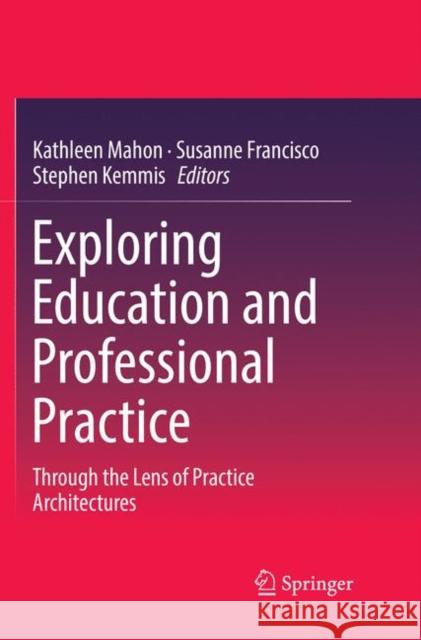Exploring Education and Professional Practice: Through the Lens of Practice Architectures » książka
topmenu
Exploring Education and Professional Practice: Through the Lens of Practice Architectures
ISBN-13: 9789811095634 / Angielski / Miękka / 2018 / 282 str.
Exploring Education and Professional Practice: Through the Lens of Practice Architectures
ISBN-13: 9789811095634 / Angielski / Miękka / 2018 / 282 str.
cena 363,12
(netto: 345,83 VAT: 5%)
Najniższa cena z 30 dni: 346,96
(netto: 345,83 VAT: 5%)
Najniższa cena z 30 dni: 346,96
Termin realizacji zamówienia:
ok. 22 dni roboczych
Bez gwarancji dostawy przed świętami
ok. 22 dni roboczych
Bez gwarancji dostawy przed świętami
Darmowa dostawa!
Kategorie:
Kategorie BISAC:
Wydawca:
Springer
Język:
Angielski
ISBN-13:
9789811095634
Rok wydania:
2018
Wydanie:
Softcover Repri
Ilość stron:
282
Waga:
0.43 kg
Wymiary:
23.39 x 15.6 x 1.65
Oprawa:
Miękka
Wolumenów:
01
Dodatkowe informacje:
Wydanie ilustrowane











